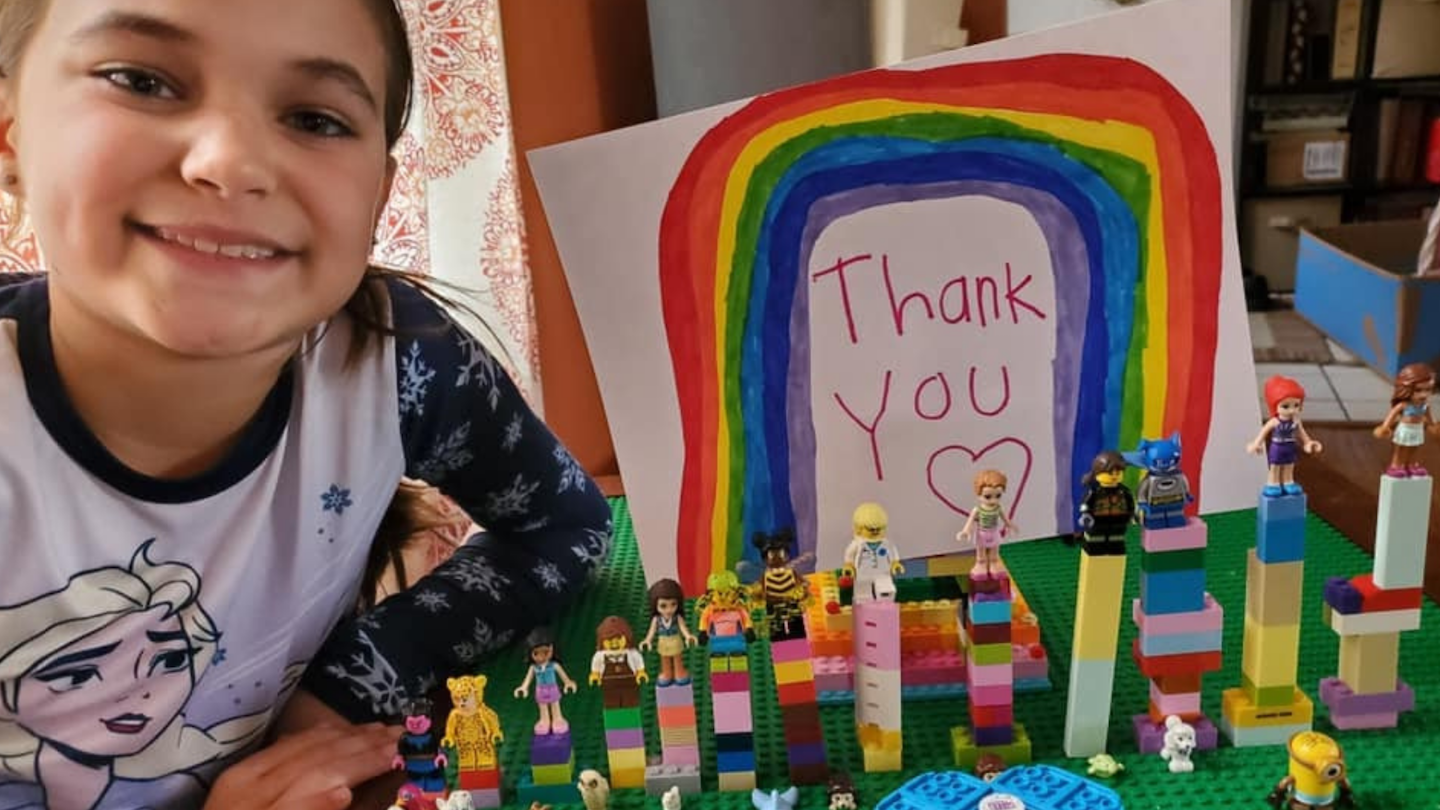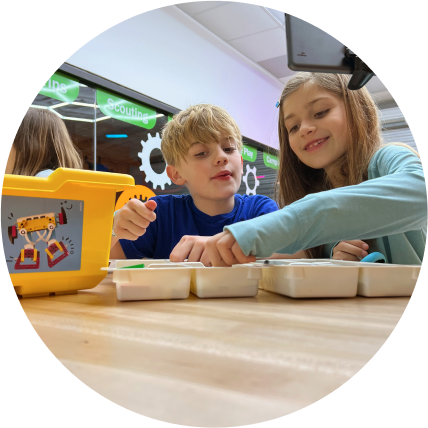Gratitude gives us the power to focus on the good things in our lives and to be thankful for what we have. Practicing gratitude lets us pause to notice and appreciate the things that we often take for granted, like having the support of family and friends, a safe home, good food, clean water, toys and hobbies that bring us joy, and access to technology.
Living in a state of gratitude allows us to embrace the “now” of each moment and release lingering negative emotions. With gratitude, we teach our kids to shift their attention away from negative feelings and focus on the positive instead. This shift in perspective allows us to better manage stress and anxiety, practice forgiveness, reciprocate kindness, and improve our relationships.
Though the concept is simple, it’s no surprise that gratitude is a difficult skill to master. Teaching our children to be grateful and to express their gratitude is an ongoing lesson, but one well worth it. Every day is an opportunity to express and share gratitude with our children. Here are five ways to teach children gratitude that you can start practicing with your family:
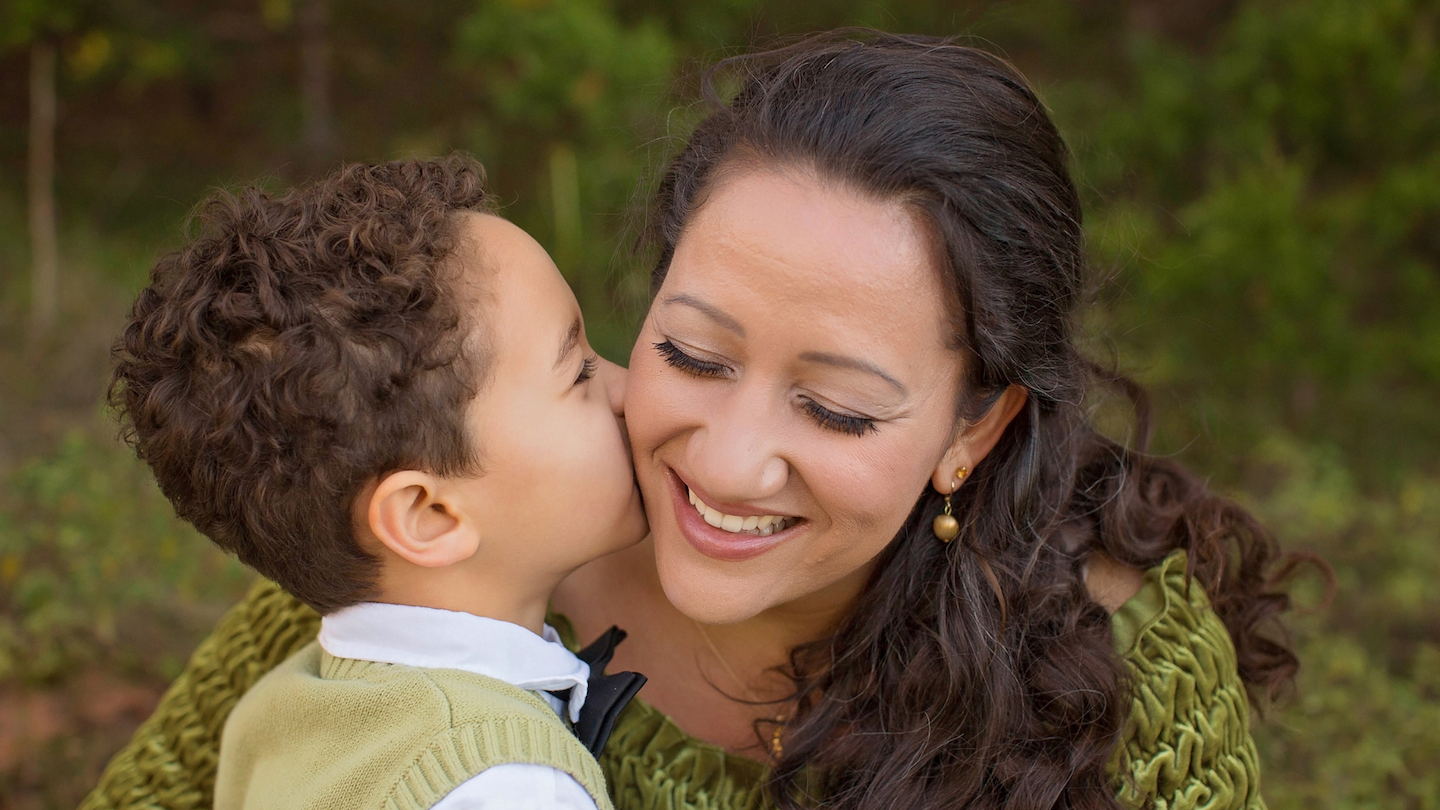
1. Model gratitude
For better or worse, children tend to learn and imitate behaviors by observing others. Our children are watching, listening, and picking up on attitudes and behaviors all of the time. Though we don’t have much control over the behavior of others, we can try our best to model good behaviors for our children while we are with them. Here are some ways you can model gratitude for your children:
– Smile! I promise, your kids love to see you smile.
– Say “please” and “thank you” often.
– Recognize when your children do something kind, thoughtful, and when they use their manners without prompting.
– Express gratitude, even in less-than-ideal situations. These are the moments your children will remember when they begin mastering gratitude themselves.
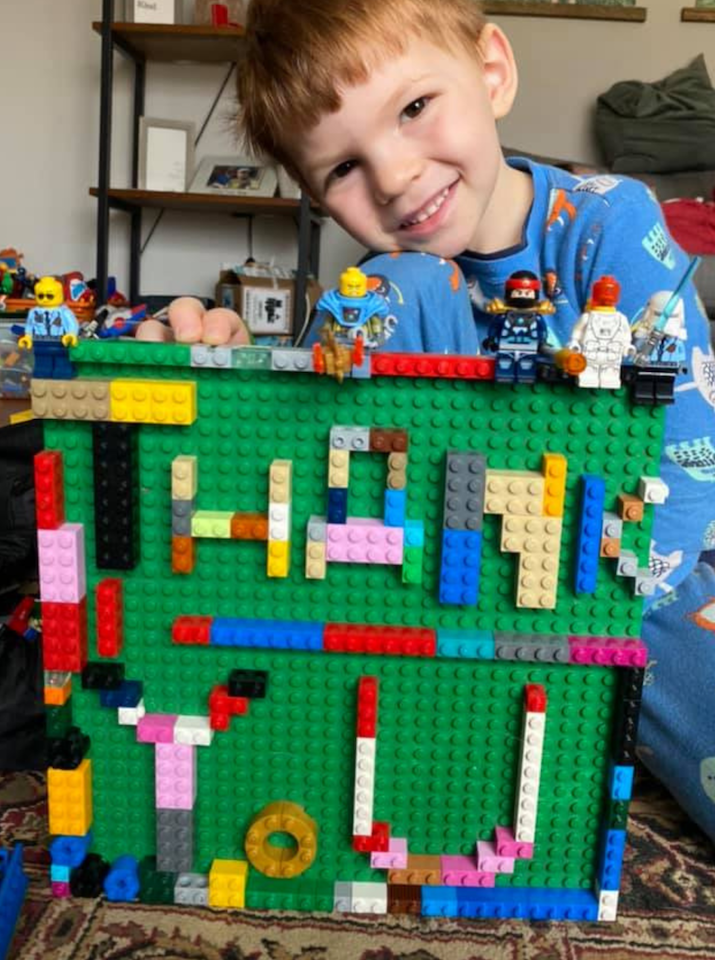
2. Create a daily gratitude tradition
We love the idea of a daily family ritual that sparks conversation, encourages kids to talk about their feelings, and reminds us to be grateful for the good things in our lives. Try introducing one or more of these family traditions into your day:
– Take turns going around the dinner table sharing something you’re grateful for. This ritual is often reserved for Thanksgiving, but we think it could be beneficial year-round. You could go even further by sharing the best part of your day, the not-so-great part of your day, and the silver lining of your day – something you’re grateful for.
– At the beginning of each week, take some time to set gratitude intentions as a family and individually. Express how you will show gratitude to each other, to your friends and coworkers, to your teachers and mentors, and to other members of your community. This will help set a positive tone for the week and help keep everyone accountable from their words to their actions.
– At bedtime, share a few things that you are grateful for with your children and ask them to do the same.
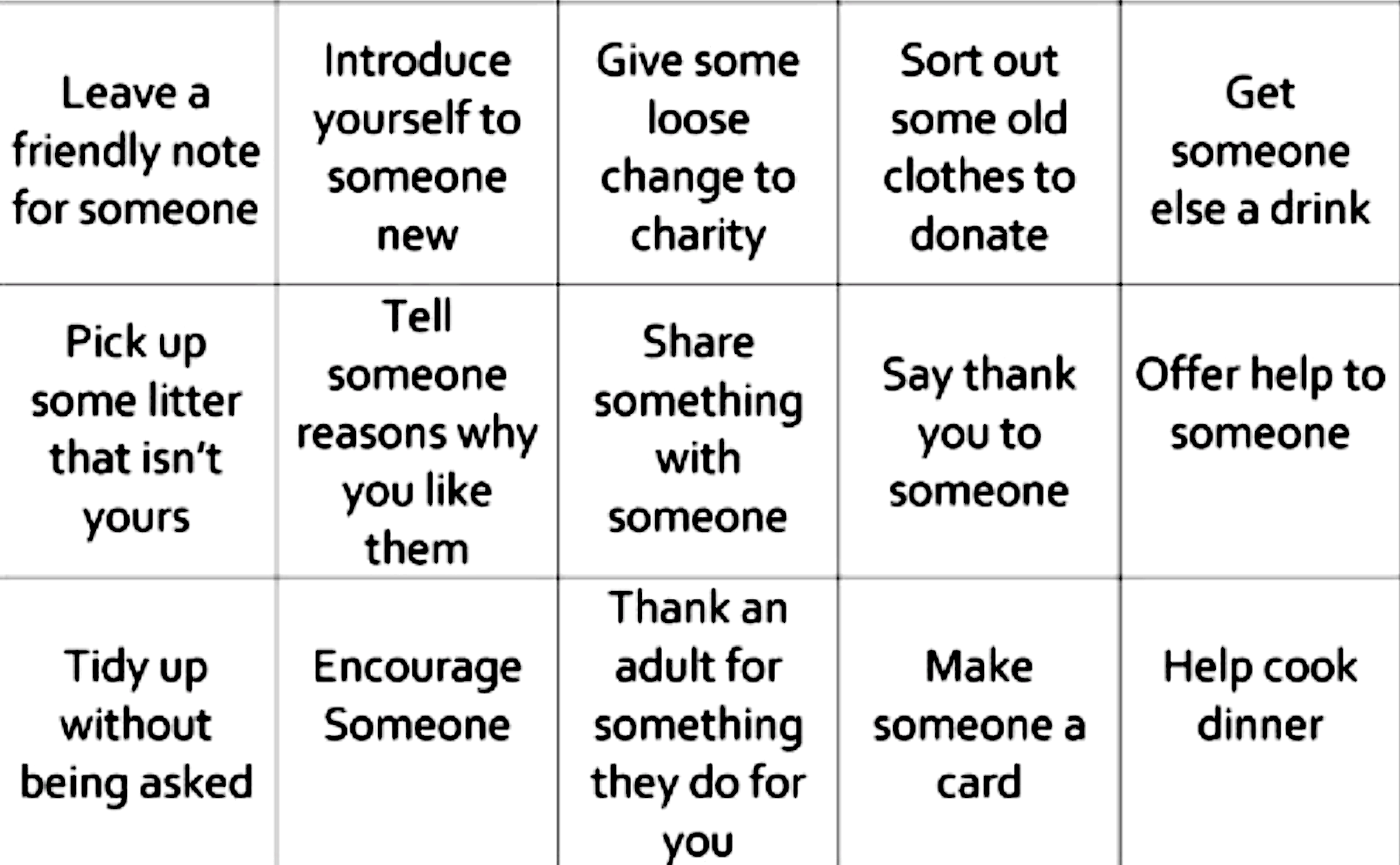
3. Perform random acts of kindness
Teaching your kids to be kind humans is a lifelong lesson built from everyday moments. Each day is an opportunity to remind them to be kind, thoughtful, and grateful. Of course, expressing kindness doesn’t always come naturally. Teaching children to preform random acts of kindness is a big step up from saying please and thank you. To get your children excited about this step, try incorporating a monthly kindness chart or bingo boards. Fill each square with a random act of kindness – holding the door open for someone, complimenting a friend, starting a conversation or sitting with someone who is alone, ask a teacher or family member how you could help them. Have your children cross off whichever acts of kindness they performed that day or that week and talk about how it made them feel. Before you know it, they’ll be performing acts of kindness on their own – without charts or gentle prompting!
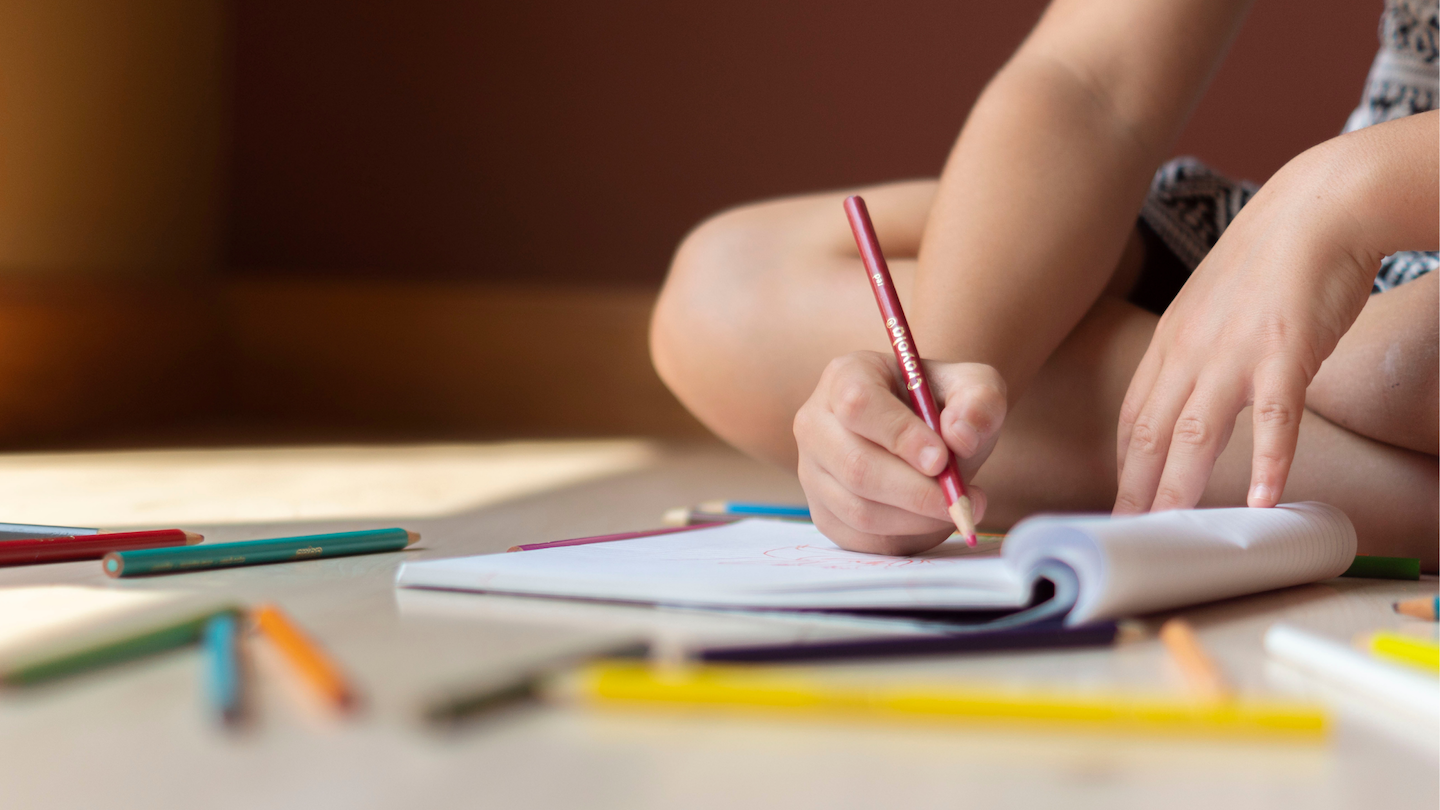
4. Send cards or write letters
These days, receiving a card or letter via “snail mail” is a rare occasion. For many of us, there is nothing better than receiving a hand-written letter from a friend or family member. It brings so much joy to know that someone was thinking of us and spent the time to write us a special note. Talk to your children about the importance of keeping in touch with friends and relatives and practice writing letters with them. Sending letters, photographs, drawings and cards to elderly family members or distant relatives is a great way to express our appreciation and care for them. Have your children include a memory or a compliment for the reader to make it extra special. Can’t think of a reason to write a letter? Send them an unbirthday card! An unbirthday card celebrates any other day except the person’s actual birthday. If you live locally, help your kids hand-deliver their letters and cards so that they can send them with a smile.

5. Give back
After you and your children have been practicing gratitude for some time, it will become easier to recognize and accept that some of us have the ability to give back when others are in need of help. Grasping the concept of charity and donations can be difficult for young children, but it’s less difficult once they’ve learned to practice gratitude. Remind them that they have already been helping those in need when preforming acts of kindness like holding doors, helping with dinner, and cheering a friend up. Invite your family to take their generous acts a few steps further in the community by picking up litter in the local park, walking an elderly neighbor’s dog, or donating gently used clothing or toys to a shelter. If you have donated to a charity before, discuss your own charitable gifts to your children. Explain how charities work, what groups benefit from them, and how these donations make a difference. If your family seems interested, do some research with them and let them choose a charity that interests them. Start a “Charity Jar” that they can pitch into or invite them to forgo a Christmas gift or two so that you can all make a charitable donation together.
Let us know if you’ve tried any of these techniques in your household and what works for you and your family when practicing gratitude.

